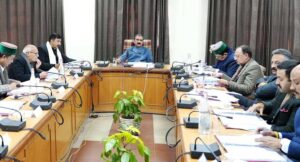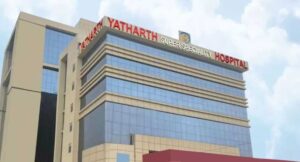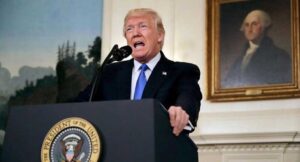The health-tech founders expect favourable measures from the Union government to advance the digital health infrastructure and democratise access to healthcare in the upcoming Union budget.
Mudit Dandwate, CEO and co-founder of Dozee, says that the country must prioritise and invest in becoming the global leader in health AI. “This singular focus on health AI leadership can transform the nation’s healthcare landscape, improving quality, infrastructure, and global competitiveness,” he says.
The health-tech founders observe that building a connected healthcare ecosystem, and enhancing the manufacturing capacity of indigenous medical devices should be prioritised, while noting that India has the talent and technological expertise to lead globally in AI-driven diagnostics, telemedicine, and predictive analytics.
Dandwate notes that the Union Budget 2025 should expand the Production Linked Incentive (PLI) scheme, investing in AI innovation hubs, and fostering public-private partnerships. “Standardising GST rates at 12 per cent for medical devices and software, alongside increasing customs duties on non-critical imports, will further boost domestic innovation and reduce dependency on imports,” he says.
Satish Kannan, Co-founder and CEO of MediBuddy, says that with India having the world’s largest population, this budget must prioritise preventive healthcare, early diagnosis, and health-linked savings products with tax benefits, akin to the National Pension System.
Kannan observes that such initiatives will encourage long-term investments in health, improve outcomes, and reduce the long-term financial burden on both citizens and the healthcare system.
The health-tech innovator lauded the government’s ambitious goal of achieving ‘Insurance for All by 2047’ as a bold and visionary step. Kannan also commended the government’s efforts in transforming India’s healthcare landscape, highlighting successful vaccination drives and the Ayushman Bharat Digital Mission as pivotal initiatives that have established a solid foundation for a robust healthcare ecosystem.
He adds that prioritising investments in digital health infrastructure, improving healthcare access, and protecting citizens’ financial wellbeing will all have long-term effects. “By prioritising these elements in our budget allocation, we can build a healthcare ecosystem that is both responsive to current needs and well-prepared for future challenges, ensuring high-quality healthcare is accessible to a billion people,” he says.
Dr Suman Katragadda, CEO of Heaps.ai., meanwhile notes that the healthcare sector anticipates strategic initiatives to drive industry growth and improve public health outcomes. “To sustain the growth trajectory and address emerging health challenges, the upcoming budget could focus on investing in preventive care, enhancing care coordination and management, and addressing healthcare gaps in rural areas,” he says.
“There is also an opportunity to accelerate India’s digital and AI revolution while transforming critical areas like healthcare through care coordination. Focused investments in AI infrastructure, regulatory frameworks, and skill development can empower innovation and democratise intelligent solutions. In healthcare, prioritising AI-driven care coordination can streamline patient journeys, enhance access to quality care, and reduce system inefficiencies.”
Dr Arbinder Singal, founder of Fitterfly, says that the government should consider exempting digital wellness programmes from GST. “Technology-enabled wellbeing and lifestyle change is the only way to fight diabetes and heart disease crisis at scale in India. Exempting digital programs from GST will enable larger adoption by people, corporates and insurers,” he says.
Dr Singal also notes that the outlay for health and wellness should be increased. “In fact, there should be a separate budget for health-tech initiatives which help people with NCDs become healthier. With AI-enabled systems, we can help millions, and this will save 20 rs over the next 20 years for every rupee invested today,” he says.
Afsal Muttikkal, Regional Director, Genrobotics Medical, notes that India
India is facing an increasing challenge in addressing disabilities caused by conditions such as stroke, spinal cord injuries, cerebral palsy, and neurological disorders. “The rehabilitation sector plays a vital role in improving quality of life, and it is anticipated that the upcoming Union Budget will give due importance to this critical area,” he says.
Muttikkal adds that by focusing on integrating innovative technologies like robotics and AI, care across paediatrics, geriatrics, sports, and neuro-rehabilitation can be significantly enhanced.
“This approach has the potential to ensure accessible and equitable solutions for individuals across the country, strengthening India’s healthcare system and addressing the growing burden of disabilities effectively,” he says. The Week









